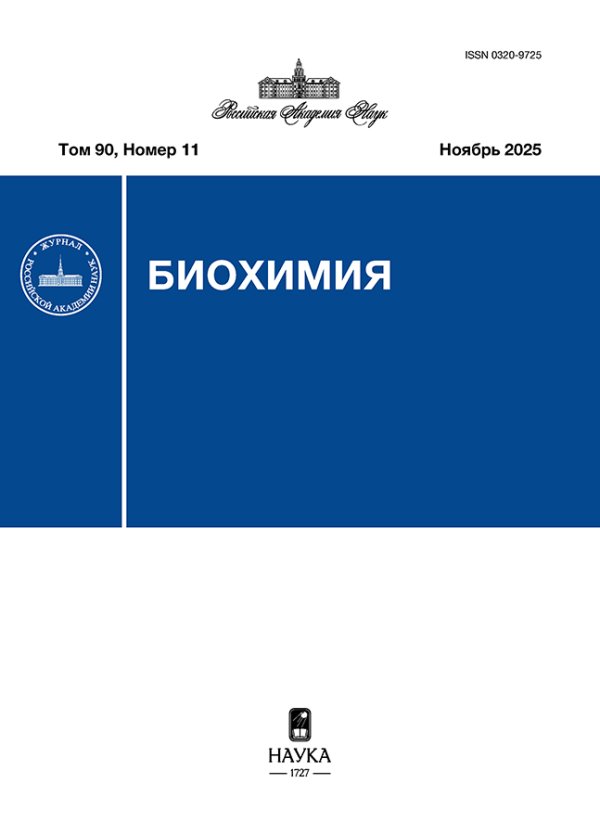О статье Л.А. Гаврилова и Н.С. Гавриловой "Исторические тренды видовой продолжительности жизни человека и актуарной скорости старения", опубликованной в т. 87, вып. 12, с. 1998-2011
- Авторы: Михальский А.И1
-
Учреждения:
- Институт проблем управления им. В.А. Трапезникова Российской академии наук
- Выпуск: Том 88, № 1 (2023)
- Страницы: 164-165
- Раздел: Комментарий
- URL: https://journals.rcsi.science/0320-9725/article/view/144633
- DOI: https://doi.org/10.31857/S0320972523010128
- EDN: https://elibrary.ru/PCVBVW
- ID: 144633
Цитировать
Полный текст
Аннотация
Об авторах
А. И Михальский
Институт проблем управления им. В.А. Трапезникова Российской академии наук
Email: ipuran@yandex.ru
117997 Москва, Россия
Список литературы
- Strehler, B. L., and Mildvan, A. S. (1960) General theory of mortality and aging. A stochastic model relates observations on aging, physiologic decline, mortality, and radiation, Science, 132, 14-21, doi: 10.1126/science.132.3418.14.
- Yashin, A. I., Begun, A. S., Boiko, S. I., Ukraintseva, S. V., and Oeppen, J. (2002) New age patterns of survival improvement in Sweden: do they characterize changes in individual aging? Mech. Ageing Dev., 123, 637-647, doi: 10.1016/S0047-6374(01)00410-9.
- Vaupel, J., and Yashin, A. I. (1985). Heterogeneity's ruses: some surprising effects of selection on population dynamics, Am. Statist., 39, 176-185, doi: 10.1080/00031305.1985.10479424.
- Avchaciov, K., Antoch, M. P., Andrianova, E. L., Tarkhov, A. E., Menshikov, L. I., et al. (2022) Unsupervised learning of aging principles from longitudinal data, Nat. Commun., 13, 6529, doi: 10.1038/s41467-022-34051-9.
- Blagosklonny, M. (2010) Why human lifespan is rapidly increasing: solving "longevity riddle" with "revealed-slow-aging" hypothesis, Aging, 2, 177-182, doi: 10.18632/aging.100139.
- Hawkes, K., Smith, K. R., and Blevins, J. K. (2012) Human actuarial aging increases faster when background death rates are lower: a consequence of differential heterogeneity? Evolution, 66, 103-114, doi: 10.1111/j.1558-5646.2011.01414.x.
- Tarkhov, A. E., Menshikov, L. I., and Fedichev, P. O. (2017) Strehler-Mildvan correlation is a degenerate manifold of Gompertz fit, J. Theor. Biol., 416, 180-189, doi: 10.1016/j.jtbi.2017.01.017.
Дополнительные файлы










